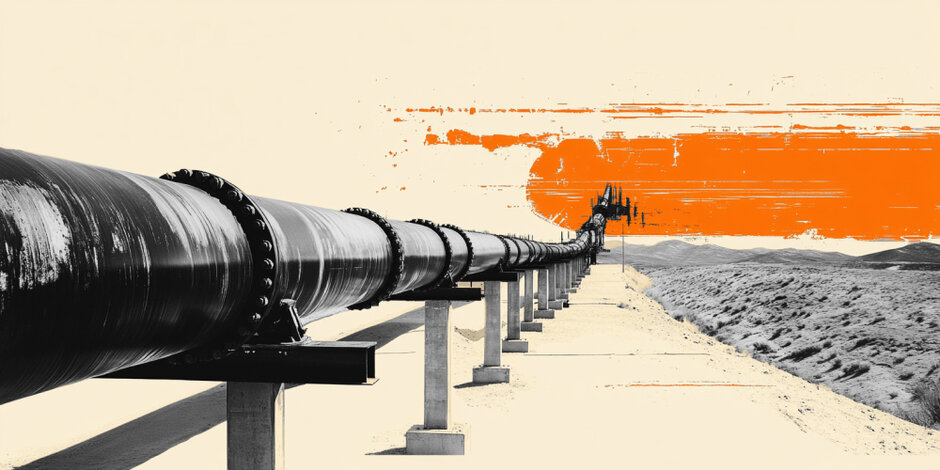LNG, not windmills: Shell’s CEO bets big on Gas to power the energy transition

Shell’s been running long-range scenario analysis for over six decades, but their latest energy outlook cuts through the ESG fog and hits with brutal clarity: no matter which path you pick — net-zero utopia, energy fragmentation, or full-blown tariff gridlock — one thing’s constant: global energy demand is going up.
Wael Sawan, Shell’s CEO, laid it out bluntly in a dated but important Bloomberg TV interview. Strip away the spin, and the math is simple: energy demand is going to keep climbing through 2050. And in the fossil fuel stack, LNG is the clear standout.
Shell’s baseline? Global natural gas demand ticks up 1% annually through 2040. LNG, meanwhile, surges 3%+ a year — meaning 60% growth over the next 15 years. That’s not incremental. That’s a full-blown supercycle quietly taking shape while the market debates carbon credits and solar subsidies.
Why LNG? Because it fills the gaps that renewables can’t. Wind and solar are intermittent — LNG is dispatchable, scalable, and already replacing coal in Asia’s industrial base. Today, LNG makes up 13% of global gas sales. Shell sees that pushing toward 20% by 2040 — and in this space, that delta is a volume monster.
And where’s all this demand coming from? Asia. Full stop. Sawan didn’t sugarcoat it — India and China alone will shift the needle on LNG imports. As their power grids diversify and energy security climbs the policy stack, gas flows become geopolitics in motion. When those two giants increase LNG penetration, it’s not a tweak — it’s a structural tidal wave.
Oil’s not going anywhere — in fact, it's still locked in as a core pillar of the global energy transition whether the net-zero crowd likes it or not. Even under the most optimistic green scenarios, Shell’s Sawan made it clear: oil demand barely budges from today’s levels.
Here’s the kicker — oil fields naturally decline at around 5% per year. That means just to hold the line, the industry needs to run flat out. No new barrels? Supply shrinks. And when supply tightens into stable or rising demand, you get one thing: price pressure.
This isn’t about peak demand — it’s about the brutal math of depletion. To stay even, we need a massive wave of new production, not just to grow, but to keep the system from falling behind. So while capital keeps chasing solar panels and hydrogen dreams, the real money still needs to show up in crude. Ignore that, and we’re setting ourselves up for a future supply crunch dressed up as an energy crisis.
As for electricity? Sawan flagged it as the fastest-growing slice of the energy system. But don’t just think wind and solar — natural gas and nuclear are going to carry real weight in the electrification build-out. And guess what? That gas won’t all be domestic.
Bottom line: LNG is emerging as the bridge fuel of the next two decades — not just a transition patch, but a core plank in the energy mix. And if Asia is the demand engine, LNG isn’t just a commodity story — it’s a macro lever. This isn’t some ESG footnote — it’s where the next strategic capital cycle is forming. Ignore it at your own risk.
Author

Stephen Innes
SPI Asset Management
With more than 25 years of experience, Stephen has a deep-seated knowledge of G10 and Asian currency markets as well as precious metal and oil markets.

















